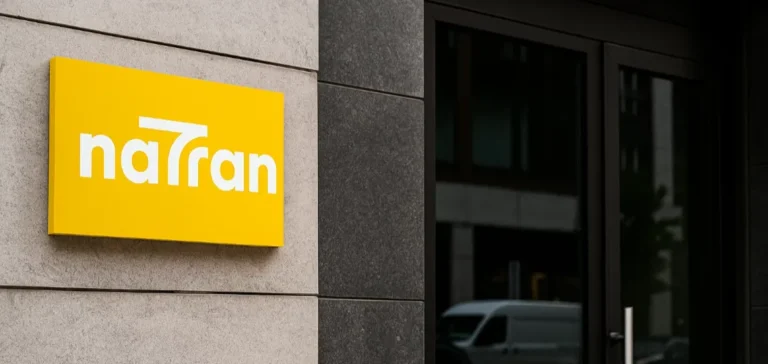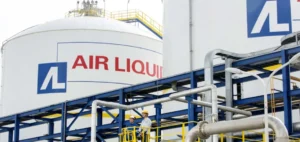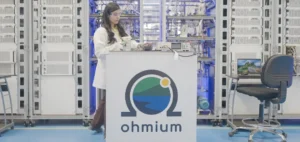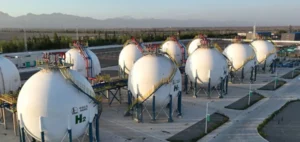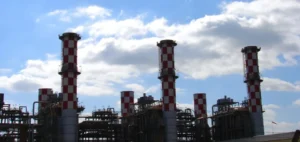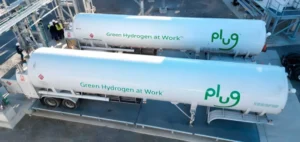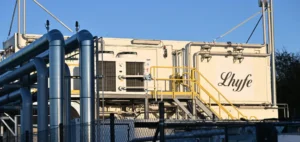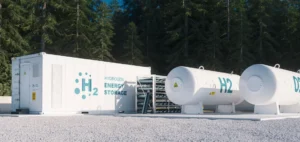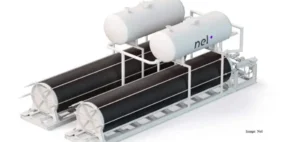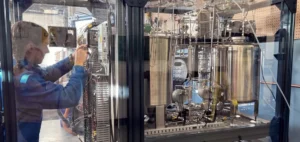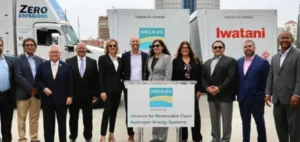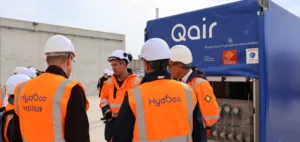A study jointly conducted by NaTran, Réseau de Transport d’Électricité (RTE), and Storengy in collaboration with the Auvergne-Rhône-Alpes Region confirms the strategic value of developing hydrogen transport and storage infrastructure to improve the efficiency of the power system. This work follows a national-level analysis conducted in 2023, which had already highlighted the key role of hydrogen produced by electrolysers in stabilising the electricity grid.
A lever for grid flexibility
The study demonstrates that the flexibility of electrolysers can be economically viable if supported by shared infrastructure. According to the assumptions considered, such an approach could reduce the total cost of low-carbon hydrogen by up to 20%, equivalent to savings of EUR1/kg. Salt cavern storage is identified as a critical component of this model due to its ability to ensure continuous supply.
The Etrez site, located in the Ain department, is identified as a strategic asset. It holds France’s largest potential for underground hydrogen storage in salt caverns, currently operated by Storengy. Some caverns could be converted for hydrogen use as early as 2030–2032, according to project stakeholders.
Integration into the HY-FEN network
The Auvergne-Rhône-Alpes region is also located along the future route of the HY-FEN infrastructure, a hydrogen transport network developed by NaTran to connect production, consumption, and storage areas while enabling hydrogen transit between the Iberian Peninsula, France, and Germany by 2030. This system is designed to complement RTE’s local initiatives to reinforce the electricity grid in preparation for new energy-intensive industrial sites.
The synergies between electrolysis and energy networks, highlighted in this study, are expected to play a key role in the overall balance of the energy system. The Ten-Year Network Development Plan, led by RTE, already incorporates these considerations into its planning.
A matter of national coordination
The report stresses the need for coordinated planning at both national and regional levels to avoid prohibitively high infrastructure costs. Without pooling, individual projects may see their profitability diminished. The authors highlight the importance of collective governance to ensure the economic efficiency of the electrolysis model.
The study’s findings will feed into several strategic frameworks, including the 2025 national hydrogen strategy, and territorial programmes such as the Low-Carbon Industrial Zones (ZIBaC). The DeClyc project, deployed in the Vallée de la Chimie, is one of the initiatives targeted by this work.
NaTran is currently conducting a stakeholder consultation process, “Perspectives d’avenir,” alongside Teréga. The regional study’s findings will be used to update the prospective hydrogen infrastructure development plan.


